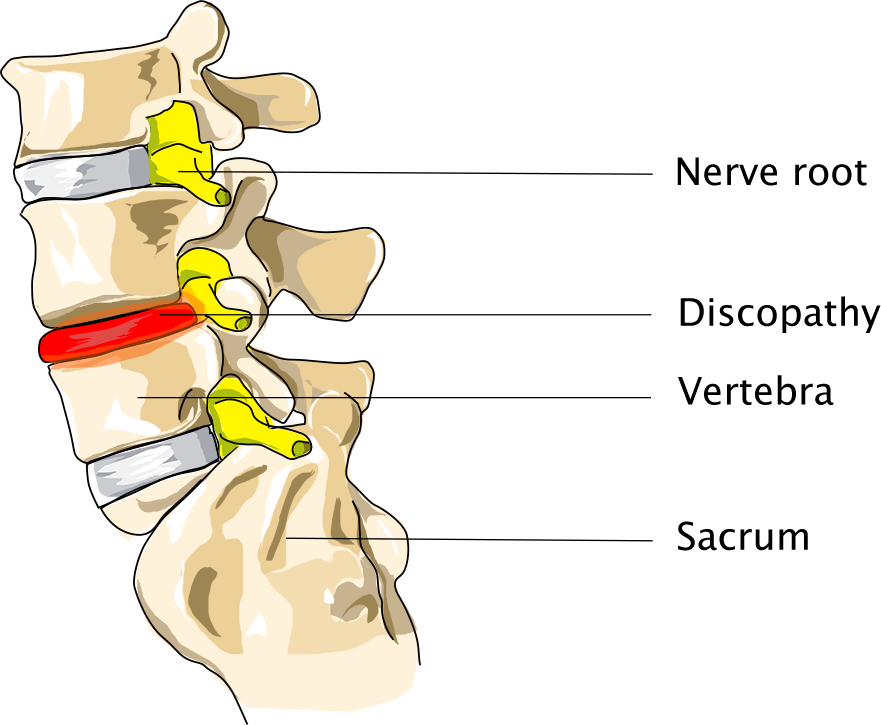Spinal instability's definition is still not entirely clear. But generally speaking, structural alterations, irregular mobility, and improper load transfer within the spine result from a spine injury or abnormal development, which causes spinal instability. Any one of the three components of the spine might become damaged, which can lead to instability.
The facet joints, ligaments, intervertebral discs, and vertebrae make up the passive subsystem, which helps to stabilize and support the body. The muscles and tendons that allow movement within the spine are part of the active subsystem. The nerves and central nervous system that regulate the spine's range of motion are part of the neural subsystem.

Numerous disorders could be a factor in spinal instability.Here are a few of the most typical: